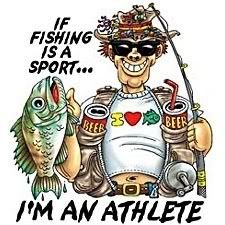Is there a method or technique that helps ensure that when you drop anchor your boat ends up over the desired location? I know to take into consideration fators such as wind and current but just wondering if a rule of thumb existed that helps you or if it just atrial ad error thing? I know most reefs are large enough to provide a substantial margin error but some reefs (Rose City) were hard to get right over. Is it normal to require 3+ anchor drops to get positoned over a small reef?
If over a large reef, do you stil try to anchor just a bit upcurrent from the wreck so that your anchor will be on sand rather than reef thus less likely to foul. Furthermore, do you think fish bite best along the edge of reefs, over the center of them, or am I bing way too tactical here? I did not lose an anchor but we kept having to fight like hell to get them loose... which leads to my next question... What is the best method for freeing a hung up anchor? Should we drive the boat upcurrent, past the vertical anchor point and attempt to free it or is that asking for the anchor line to get caught in the prop? Maybe circle around it a bit if really hung up?
One of you guys has a great signature that says, "If fishing is a sport, I'm an athlete"... those words could never be truer than after arm wrestling every reef this side of 70 feet! I'd appreciate your tips so I can continue my boycott of all things resembling exercise... thanks!
 _______________
_______________

